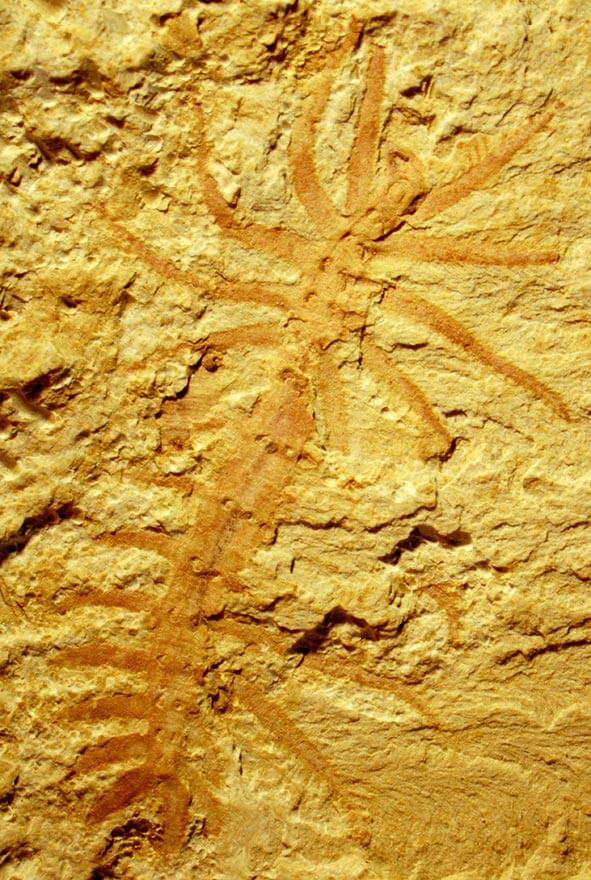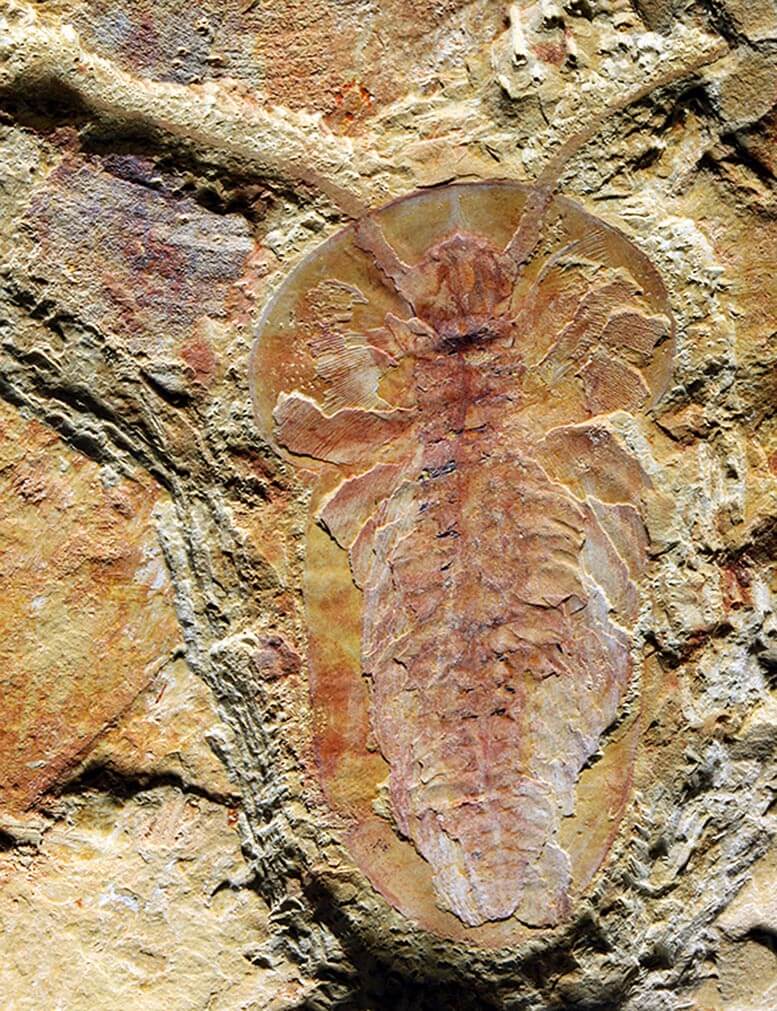The ancestors of many species of animals alive today may have lived in the delta of present-day China, new research suggests

The ancestors of many animal species alive today may have lived in a delta in present-day China, new research suggests.
In the Cambrian explosion, more than 500 million years ago, there was a rapid spread of bilateral species - symmetrical along a central line, like most animals today (including humans).
The Chengjiang biota from 518 million years ago - in Yunnan, southwest China - is one of the oldest groups of animal fossils known to scientists today, and an important record of the Cambrian explosion.
Fossils of more than 250 species have been found there, including various worms, arthropods (the ancestors of snails, insects, spiders and scorpions that live today) and even the earliest vertebrates (the ancestors of fish, amphibians, reptiles, birds and mammals).
The new study found for the first time that this environment was a shallow, nutrient-rich marine delta affected by storm-induced flooding.
This area is now on land in the Yunnan mountainous province, but the team studied rock core samples that show evidence of marine currents in the past environment.

"Everyone agrees today that the Cambrian explosion was a true rapid evolutionary event, but there has been a long-standing debate about the causal factors of this event, with environmental, genetic or ecological triggers being hypothesized," says senior author Dr. Xiaoya Ma, a paleobiologist at the University of Exeter and Yunnan University. .
"The discovery of a delta environment has shed new light on the understanding of the possible causal factors for the prosperity of these Cambrian marine communities dominated by bilateral animals and the remarkable preservation of soft tissues there.
"It is possible that the unstable environmental stressors also contribute to the adaptive divergence of these early animals."

Co-lead author Farid Salah, a sedimentologist and taphonomist at Yunnan University, said: "We can see from the proximity of many sediment flows that the host environment for the Chengjiang biota was complex and certainly shallower than previously thought in the literature for similar animal communities."
Chengshi Qi, the other co-lead author and a geochemist at Yunnan University, added: "Our study shows that Chengjiang's biota lives mainly in a shallow-water, high-oxygen delta environment.
"Flooding caused by storms transported these organisms into the nearby deep, oxygen-poor environments, and this caused the extraordinary preservation that we see today."
Co-author Louis Boatwe, a paleontologist and sedimentologist at the University of Saskatchewan, said: "The Chengjiang biota, like similar faunas described elsewhere, was preserved in fine-grained deposits.
"Our understanding of how these mud deposits stack up has changed dramatically in the last fifteen years.
"The application of this newly acquired knowledge to the study of deposits containing exceptionally well-preserved fossils will dramatically change our understanding of how and where these deposits accumulated."
The results of this study are important because they show that most early animals had a tolerance for stressful conditions, such as fluctuations in salinity and large amounts of sediment accumulation.
More of the topic in Hayadan:
- 17:45 – Spaceship1 did it
- Can there be extraterrestrial life in the neighbors? Looking for planets around Alpha Centauri
- The origin of the language pathway in the human brain is from at least 25 million years ago
- Genetics and evolution - far beyond a reasonable doubt
- Things that insects know: can insects learn?
